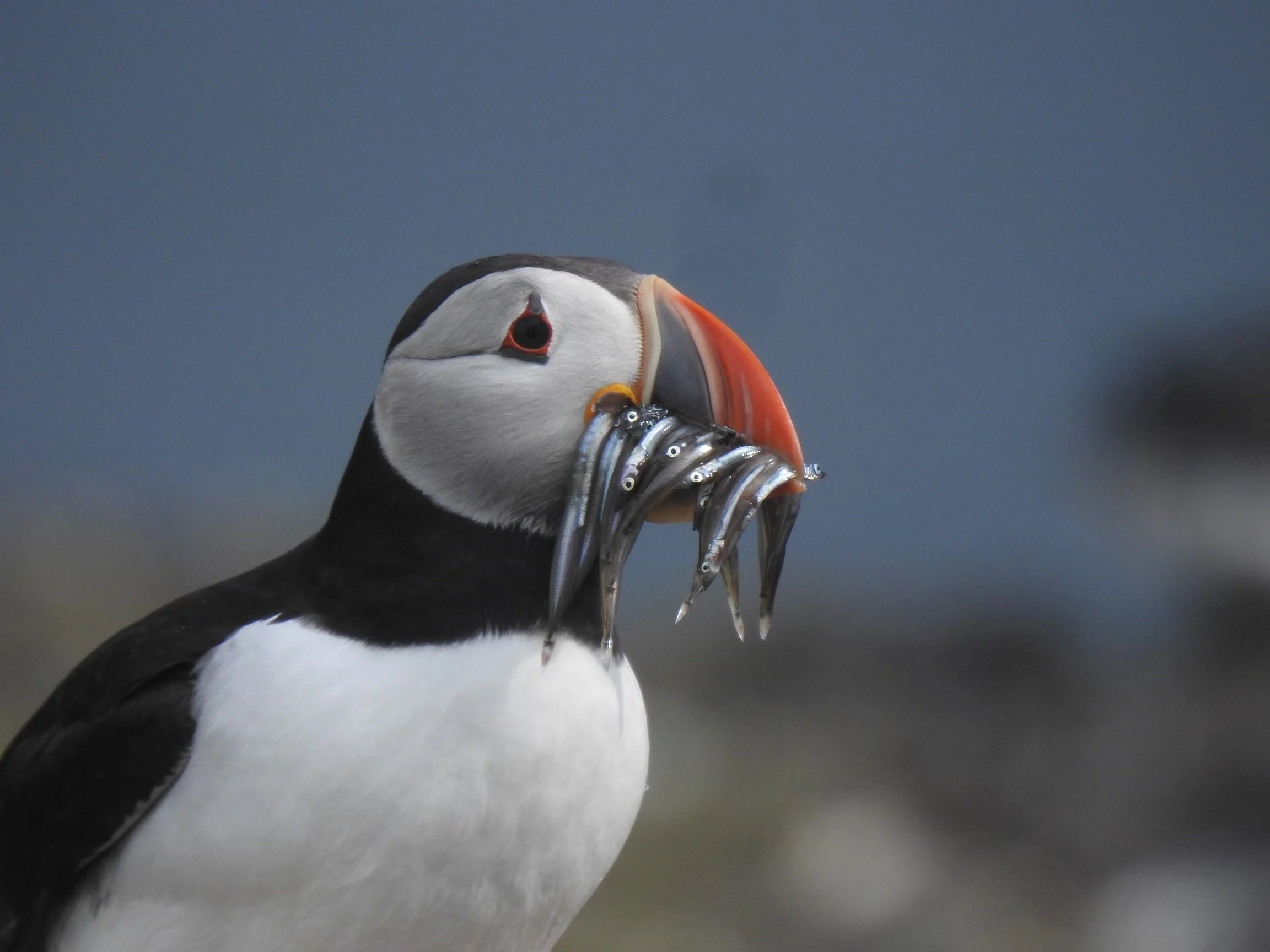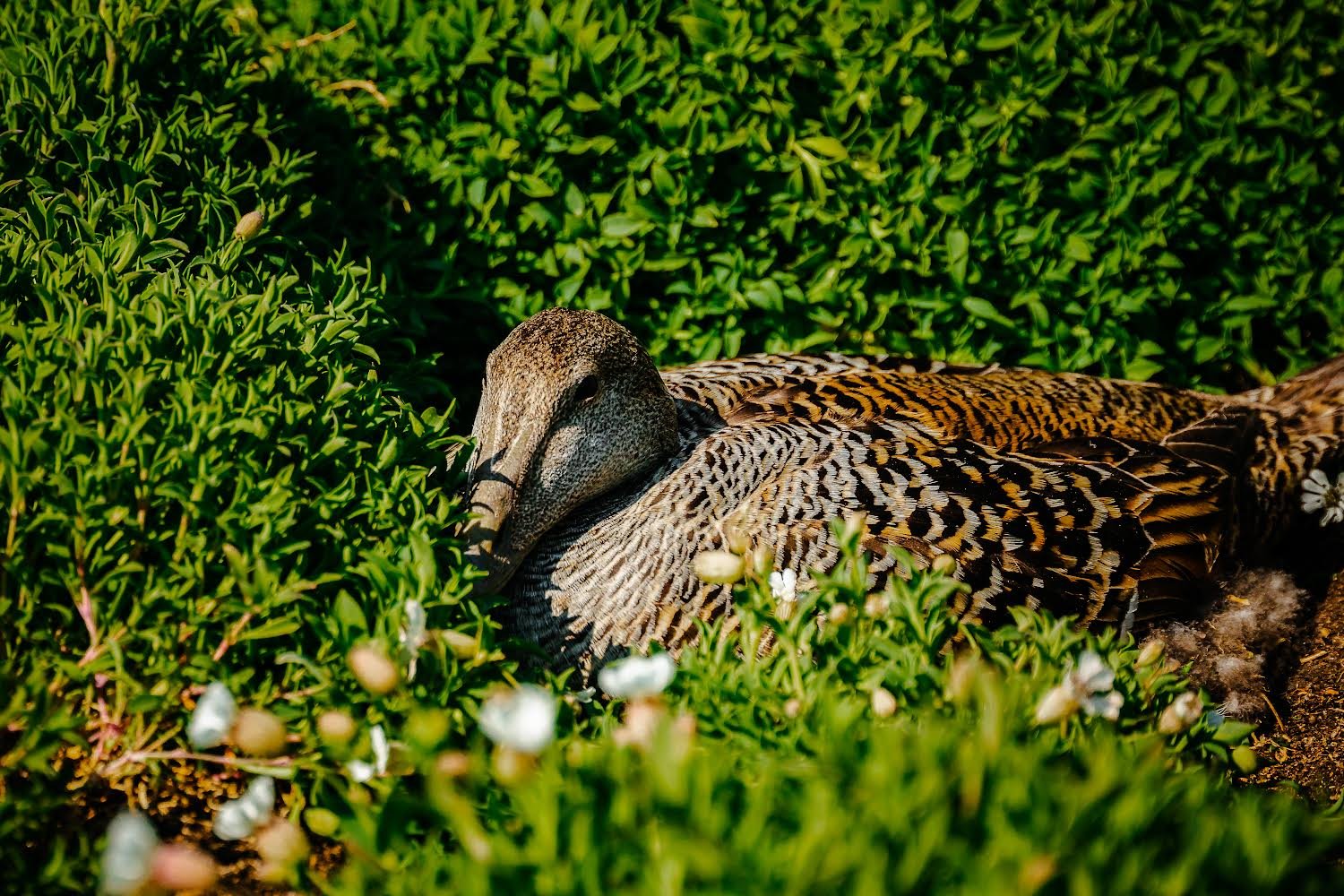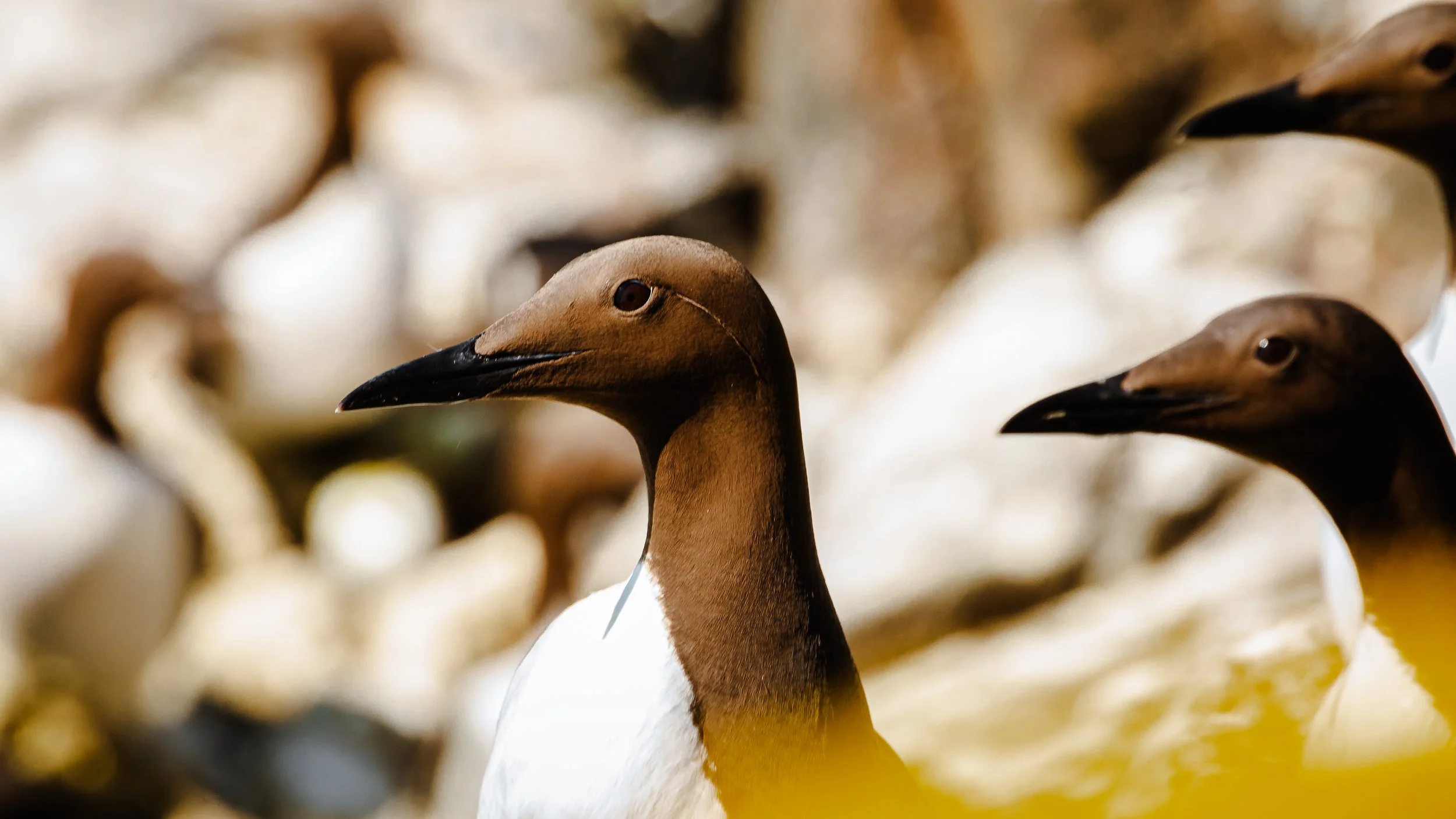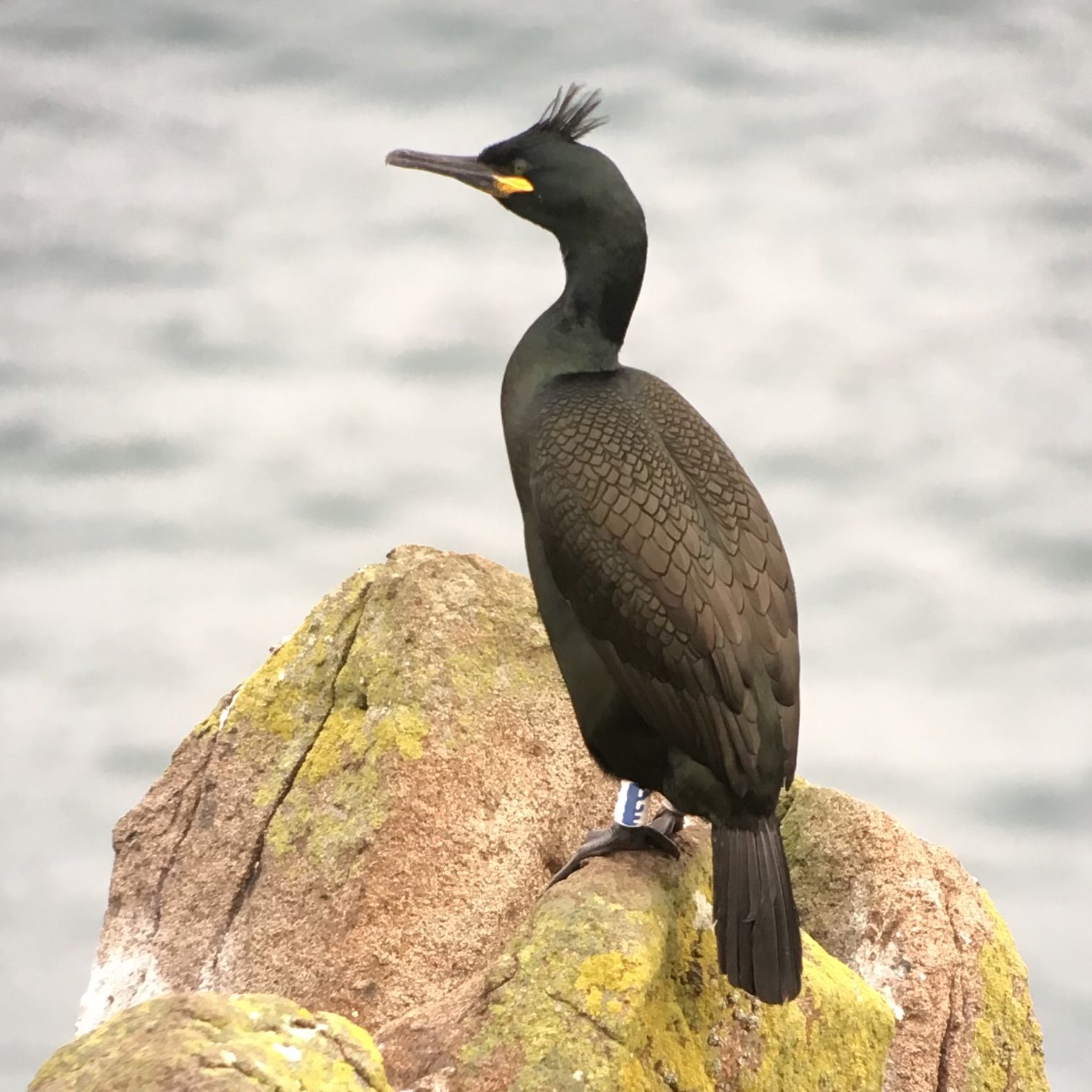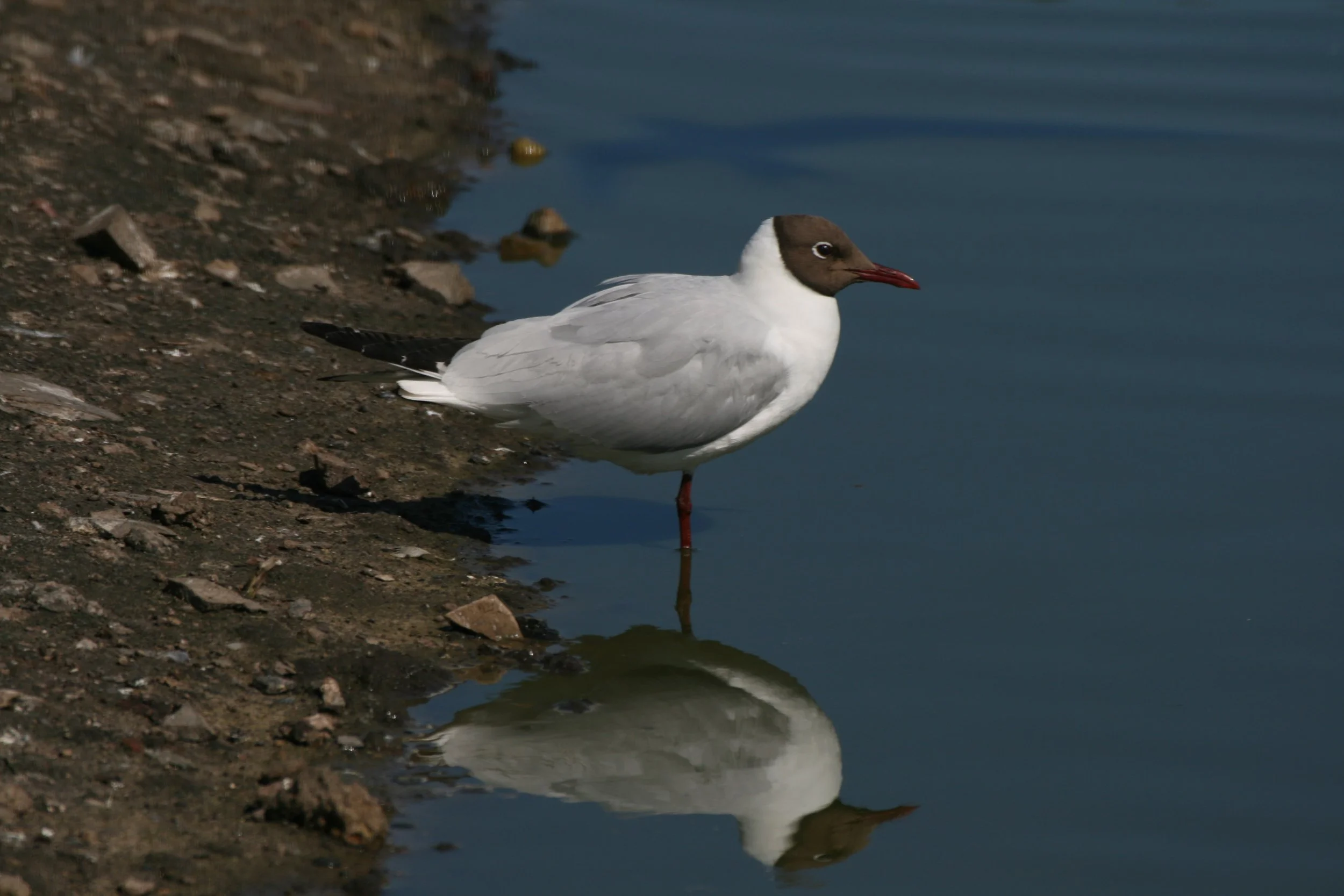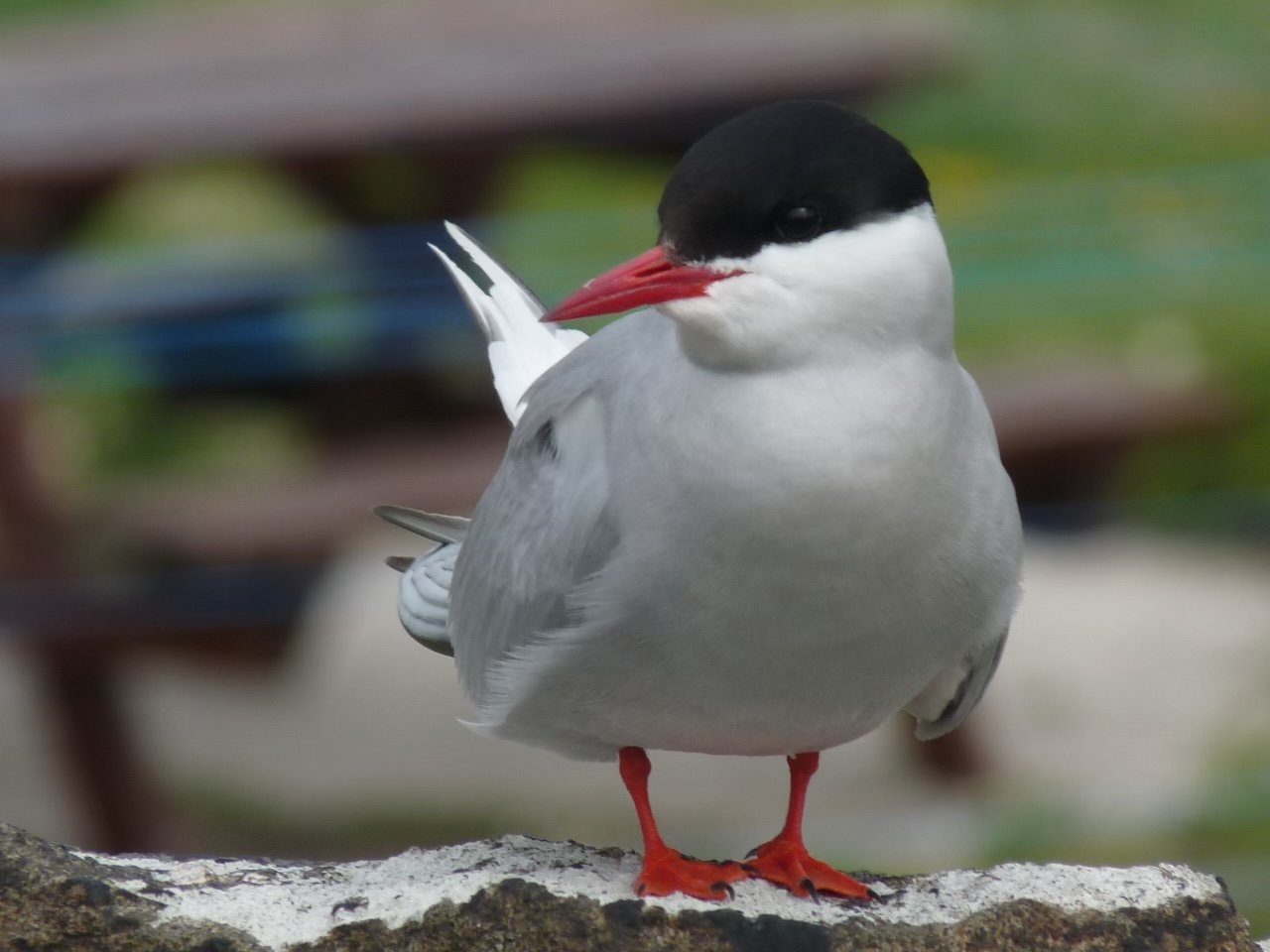
A Natural Heritage…
The Isle of May is a national nature reserve owned by NatureScot. It stands like a battleship guarding the mouth of the Firth of Forth. The island is 1.5km long by about 0.5km wide, and covers 57 hectares. Geologically, the island is important as a sill of volcanic rock, crossed by a series of faults which have eroded into steep gullies or geos. There are fine rock stacks, arches and caves along the west cliffs.
The spectacular cliffs on its south-west coast, are where huge colonies of seabirds nest in summer, while the lower, rocky coast to the east and north, is where grey seals haul ashore to breed in autumn. In combination, these features have led to the island being designated as a European Special Protection Area for breeding seabirds, and a Special Area of Conservation to protect its seals and the rocky underwater reefs around the island. The importance of the May is amplified by the long history of scientific study of seabirds and seals on the island. This began when the bird observatory was opened on the island in 1934, while studies of sea mammals date back to 1982. The knowledge from these long-term studies is invaluable today in guiding our conservation priorities.
Some of the Wildlife…
We offer three different types of trips to the Isle of May:
Isle of May Experience
Sea Safari
May Bass Photography session




